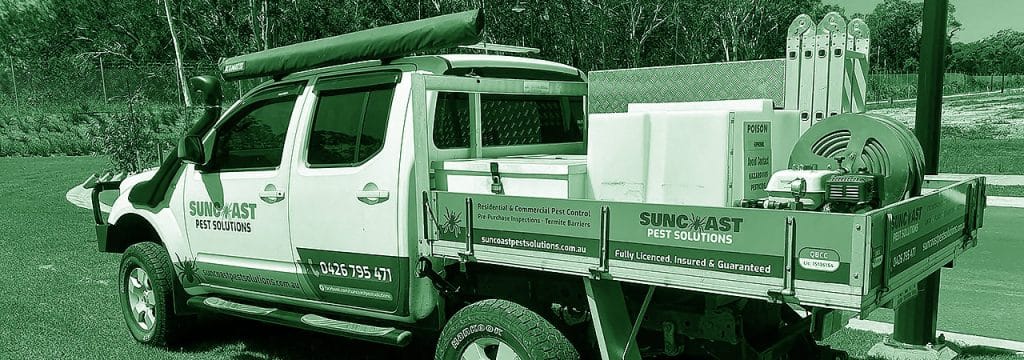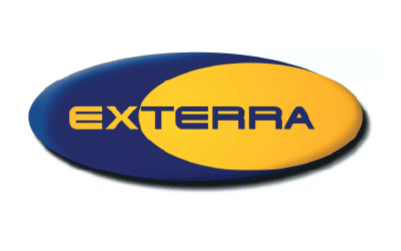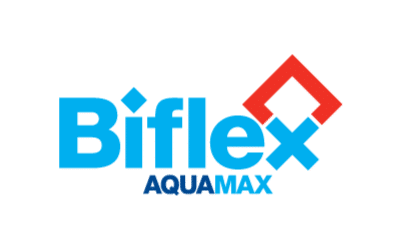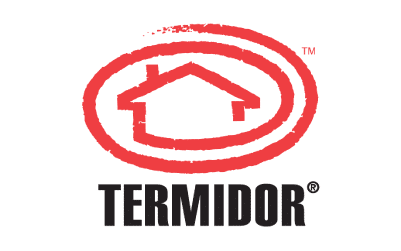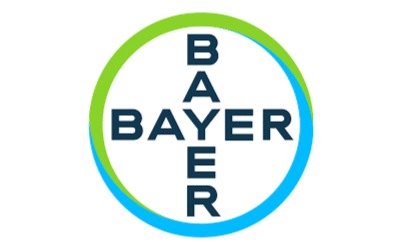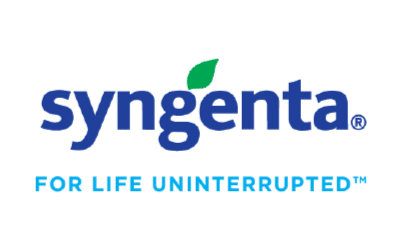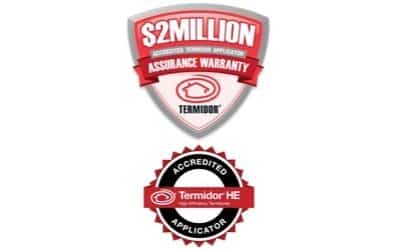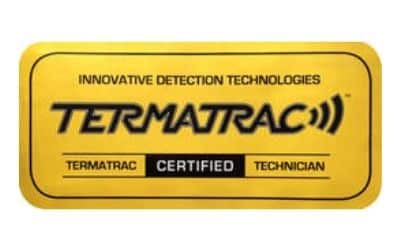Termites are considered the most destructive and invasive insects in the world.
If left uncontrolled, they can cause a lot of damage to your home- often going undetected. It is important to understand what may attract termites to your home.
In this post we will explain what we know about termite treatment to help you understand them better, what to look for and how we can help.
QUICK FACTS
Termites are small insects with sizes between 0.6 – 1.2 cm are often confused with ants.
The main differences between the ants and termites are:
- The waist of the termites is straight, while that of ants is pinched
- The antennas of termites are straight, while those of ants are bent
- Alate termites (the ones who fly away) have all four wings of the same size, while those of ants have different sizes.
- Flying termites shed their wings, while flying ants are not.
- The main source of food for termites is organic compound found in wood (technically known as is cellulose), they also consume plants and other materials such as paper, cardboard.

CATEGORIES OF TERMITES
There are 4 distinctive categories in a colony:
- The alates
- The king and the queen
- The termite soldiers
- The termite workers
WHERE DO TERMITES HIDE?
Subterranean termites will hide pretty much anywhere inside your home, in your walls, roof void, crawl spaces or in other inaccessible areas around your home. They are very sneaky and generally don’t want to be found out in the sunlight. You may also find them hiding inside their shelter tubes, which can be exploratory tubes, working tubes, drop tubes or swarm tubes. Drywood termites are hiding inside of the piece of wood that they are eating, and this can include:
The Roof
broken roof tiles create moisture which attracts the pests and also provides a gateway inside.
Cardboard Storage Boxes
The Living Room
your room can become a buffet to termites because of all the wooden items, starting with the furniture and ending with the baseboards
The Garage
chances are you have plenty of stored cardboard boxes, paper and wooden items in your garage.
The Kitchen
This area also has plenty of wooden items that can become termite food, especially if moisture is present.
SIGNS OF TERMITE INFESTATION
Here are some of the indications that your home might be infested with termites:
- clicking noises
- headbanging
- flying termites
- termite wings
- white ants
- the timber sounds hollow
- there are small holes in the wood
- the doors and windows are hard to open or close
- mud leads
- shelter tubes
- the power fails
- you notice tunnels in wood
- you find termite droppings
- the floors, walls or ceiling are damaged
- the foundation is damaged
- the garden is damaged
- roof tiles are damaged
If you notice any of these signs, it’s time to take action. The sooner you do it, the more damage you can prevent. DYI might be a tempting solution, but a professional treatment is highly recommended.
There is not temporary fix when it comes to termites. We do however offer cost effective measures to treat the termites in your home.
TERMITE INSPECTIONS
An Annual Timber Pest inspection is extremely important for checking you home for active termites, borers, fungal wood decay and termite damage. We recommend an inspection be carried out annually.
Its not just an inspection but also a risk assessment for conducive conditions (conditions that attract termites). Our experienced timber pest inspector will scope out the entire property including and not limited to, The internal and external areas of the property, the grounds of the property up to 50m, roof void and subfloor.
If you have concerns that you may have termites in your home, contact us for an inspection today. We will provide you with a comprehensive report of our findings and will treat any active termites that are found to ensure your home is protected.

